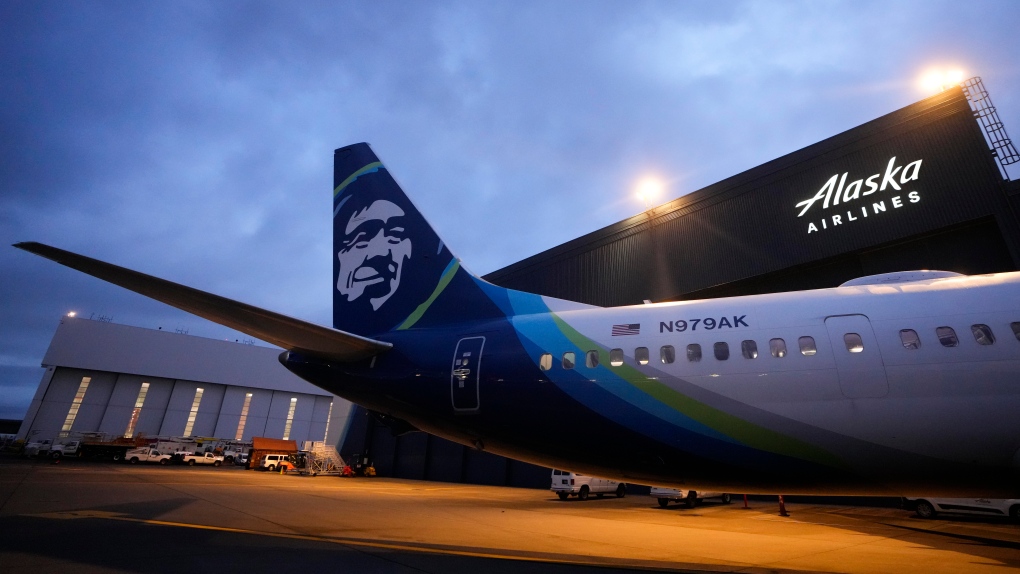Boeing 737 Max 9 planes are back in operation in the United States after being grounded due to a concerning incident where a panel blew out mid-flight. Alaska Airlines has cautiously reintroduced a limited number of Max 9 flights, with United planning to follow suit soon and considering their use as spare planes in the interim. These two airlines are the exclusive operators of this specific Boeing 737 model in the U.S.
Passenger safety concerns are natural, especially after witnessing a distressing event involving a panel detachment. The Federal Aviation Administration (FAA) has laid out a strict inspection and repair protocol for the panels known as door plugs. One of these door plugs became dislodged during Alaska Airlines flight 1282 on January 5. These door plugs are designed to seal holes meant for additional doors on the Max 9, a safety requirement for situations where more exits are needed due to a higher number of seats.
FAA Administrator Mike Whitaker expresses confidence in the safety of Max 9s, emphasizing the importance of adhering to the new inspection process. The FAA’s thorough review, incorporating information from inspections on 40 other planes, contributes to this confidence.
But why were these planes grounded initially? Alaska Airlines swiftly grounded all 65 of its Max 9 jets after the incident on Flight 1282, where a door plug blew away over Oregon. The FAA took all Max 9s out of service in the U.S. the following day. This swift response was prompted by the potential seriousness of the incident, which, despite causing no serious injuries, had the potential for more severe consequences.
The fortunate absence of passengers in the seats closest to the dislodged panel, combined with the plane’s sub-cruising altitude, played a role in averting a more significant disaster. Subsequent inspections by airlines revealed issues on other planes, with loose bolts securing the door plug to the jet’s airframe—a concern identified by both Alaska and United Airlines during their assessments.















































